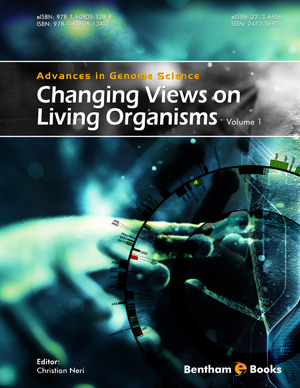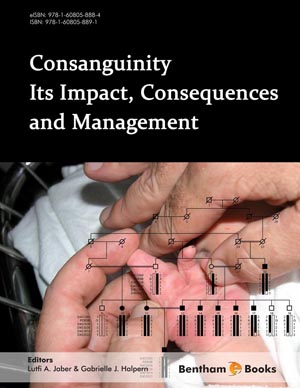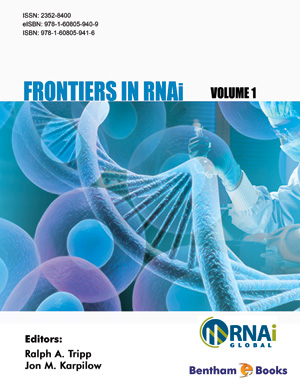Abstract
Hemoglobinopathies are a group of inherited blood disorders characterized
by compromised hemoglobin function. Hemoglobin is a 64kDa protein, consisting of
four globin polypeptides each containing one heme molecule; blood acquires its red
color from this heme molecule. Two of the four polypeptide chains are α-globin chains,
whereas the other two are β and γ chains during adult and fetal life, respectively.
Hemoglobin carries oxygen to respirating cells and tissues in vertebrates and defects in
genes encoding this protein result in a variety of disorders, ranging from mild
asymptomatic to severe fatal phenotypes. This chapter reviews various
hemoglobinopathies underlying mutations in globin genes. We also provide a brief note
of the traditional and contemporary diagnostic approaches and screening, both prenatal
and postnatal, with a specific focus on recent advances in this regard. We have
summarized various therapeutic strategies, from transfusion and iron chelation to
CRISPR-driven genome editing aimed at reactivating fetal hemoglobin in adults. The
chapter concludes with a brief account of the future challenges and prospects for
developing a therapy for hemoglobinopathies a clinical reality
Keywords: CVS, Hemoglobin, Hemoglobinopathies, Sickle cell anemia, Thalassemia.


















